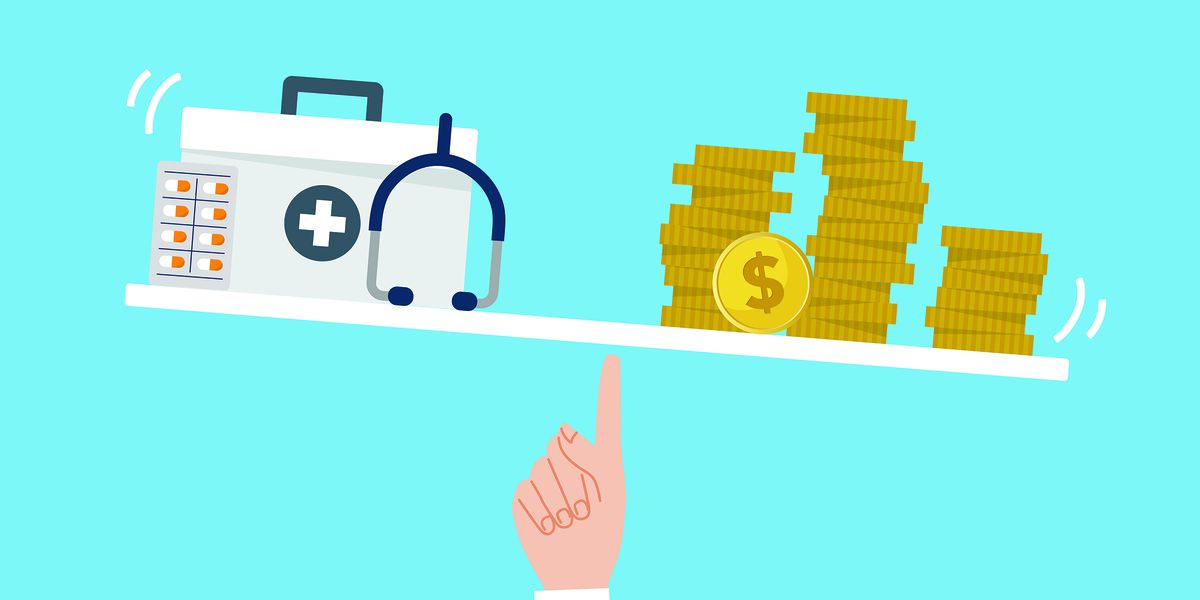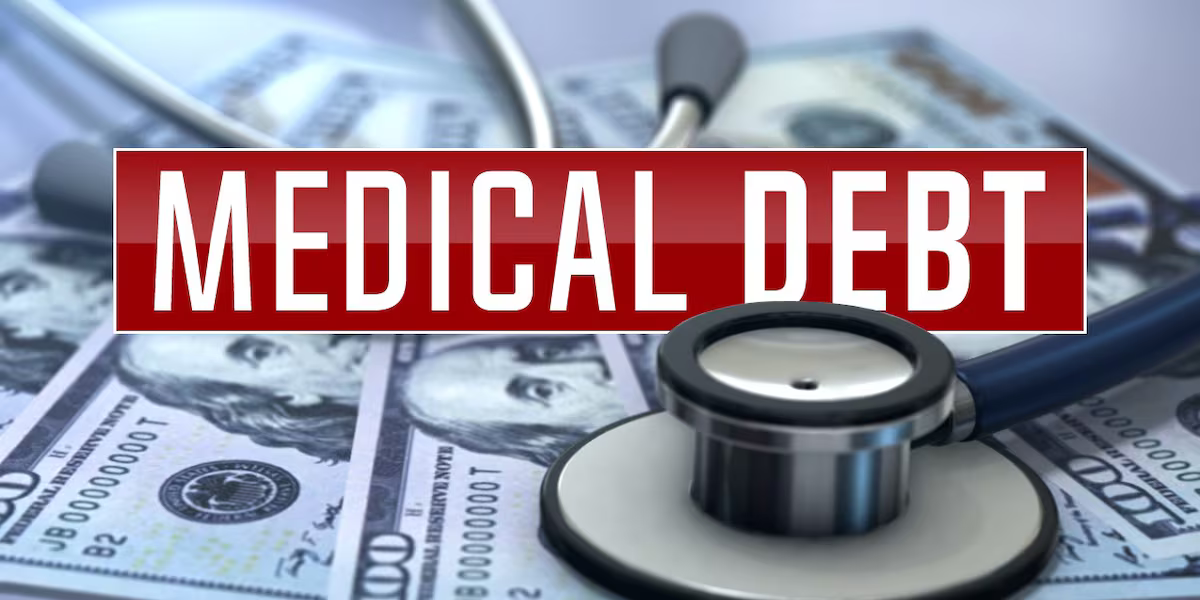Medical debt has emerged as a formidable financial burden for individuals and families, casting a long shadow over their well-being. Despite advancements in medical science and healthcare accessibility, the escalating costs associated with medical treatment pose a significant challenge. In this article, we delve into the intricacies of medical debt, exploring its causes, consequences, and potential solutions.
Understanding the Causes

- Rising Healthcare Costs: The exponential rise in healthcare costs is a primary contributor to the surge in medical debt. From diagnostic tests to prescription medications, the expenses associated with medical treatment continue to outpace inflation, leaving many patients grappling with bills they can ill afford.
- Lack of Insurance Coverage: A significant number of individuals, particularly in certain regions, still lack adequate health insurance coverage. This leaves them vulnerable to exorbitant medical bills, with little recourse for financial relief.
- Out-of-Network Charges: The complexities of healthcare billing often result in patients unknowingly receiving services from out-of-network providers. These services can come with significantly higher costs, catching patients off guard and contributing to the cycle of medical debt.
Consequences of Medical Debt
- Impact on Financial Well-being: Medical debt can wreak havoc on an individual’s financial stability. Unpaid medical bills can lead to damaged credit scores, making it challenging to secure loans or favorable interest rates in the future.
- Health Implications: Paradoxically, the stress and anxiety stemming from medical debt can exacerbate existing health conditions or lead to the onset of new ones. The burden of worrying about how to pay for medical expenses can have a detrimental impact on both physical and mental well-being.
- Barrier to Accessing Future Care: Individuals burdened by medical debt may be hesitant to seek timely medical attention in the future due to fears of accumulating additional bills. This avoidance can result in delayed treatment and worsened health outcomes.
Navigating the Challenges
- Insurance Education: Improving awareness about health insurance options and coverage details is crucial. Governments, healthcare providers, and community organizations can play a pivotal role in educating the public about the importance of comprehensive insurance coverage.
- Negotiation and Financial Assistance Programs: Many healthcare providers offer financial assistance programs or have departments dedicated to helping patients navigate their bills. Negotiating payment plans or seeking assistance can alleviate the immediate financial burden.
- Policy Reforms: Advocacy for policy reforms that address the root causes of escalating healthcare costs is essential. Governments and policymakers must work towards creating a healthcare system that is both accessible and affordable for all.
The Role of Nonprofit Organizations

- Community Support Programs: Nonprofit organizations play a vital role in bridging the gap for those struggling with medical debt. Community-based programs, often run by nonprofits, can offer financial assistance, counseling, and support to individuals burdened by medical expenses. These initiatives not only provide immediate relief but also contribute to fostering a sense of community well-being.
- Advocacy and Awareness Campaigns: Nonprofits dedicated to healthcare advocacy can raise awareness about the challenges associated with medical debt. By advocating for policy changes, these organizations work to create an environment where healthcare is more accessible and affordable for all. Additionally, they can provide valuable resources to guide individuals through the complexities of healthcare billing.
Technological Solutions for Transparency
- Price Transparency Tools: Technological advancements have given rise to tools that enhance transparency in healthcare pricing. These tools empower patients to compare costs for medical procedures, enabling them to make informed decisions about their healthcare. Increased transparency contributes to reducing the risk of unexpected medical expenses and fosters a more competitive healthcare marketplace.
- Telehealth and Remote Consultations: The adoption of telehealth services has expanded accessibility to healthcare, reducing the need for in-person visits and associated costs. Telehealth not only provides a convenient means of medical consultation but also has the potential to lower overall healthcare expenditures, making medical services more affordable for a broader demographic.
Personal Finance Management and Education
- Financial Literacy Programs: Integrating financial literacy education into school curriculums and community programs is essential. By empowering individuals with the knowledge to navigate their finances, people can make informed decisions about healthcare expenses, insurance coverage, and budgeting for potential medical costs.
- Emergency Savings Initiatives: Encouraging the establishment of emergency savings accounts can provide a financial safety net for unexpected medical expenses. Educational initiatives and employer-sponsored programs can promote the importance of building a financial cushion to mitigate the impact of medical debt.
Global Perspectives on Healthcare Financing
- Universal Healthcare Models: Countries with successful universal healthcare models demonstrate that it is possible to provide comprehensive healthcare coverage for citizens. Studying and adopting elements of these models can inform policy changes that aim to make healthcare more affordable and reduce the incidence of medical debt.
- International Collaboration: Collaboration between nations to share best practices and innovative solutions for healthcare financing can contribute to a global effort to address medical debt. By learning from successful models and adapting them to local contexts, countries can work towards creating more equitable healthcare systems.
Conclusion: A Holistic Approach to Mitigating Medical Debt
Addressing medical debt requires a multifaceted approach that encompasses policy changes, community support, technological innovations, and financial education. By combining efforts at individual, community, and systemic levels, societies can work towards a future where healthcare is accessible, affordable, and equitable for all. As we continue to navigate the challenges posed by medical debt, a commitment to collaboration and innovation will be crucial in building a healthier and financially secure future for individuals and communities alike.
Conclusion
Medical debt is a pervasive issue that demands attention and concerted efforts from various stakeholders. Addressing the root causes, promoting financial literacy, and advocating for policy reforms are crucial steps in alleviating the burden on individuals and families. As we navigate the complex landscape of medical debt, a collective commitment to accessible, affordable healthcare is paramount in ensuring the well-being of society as a whole.

